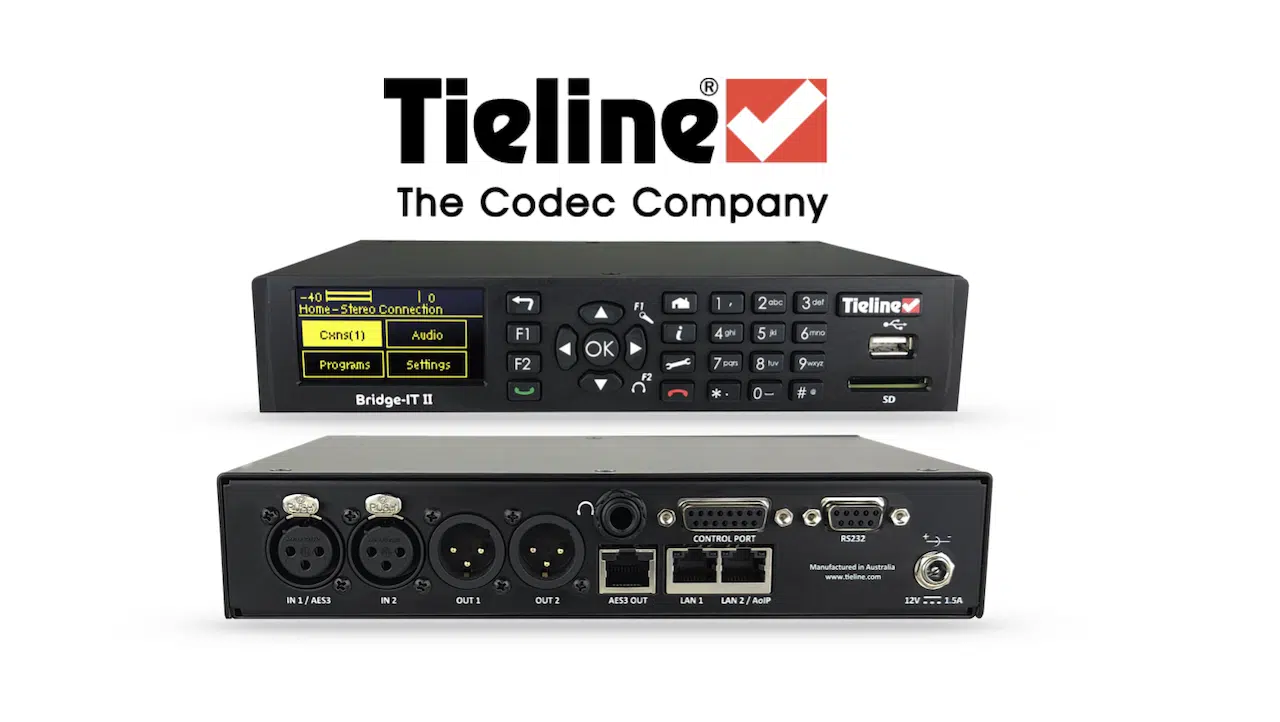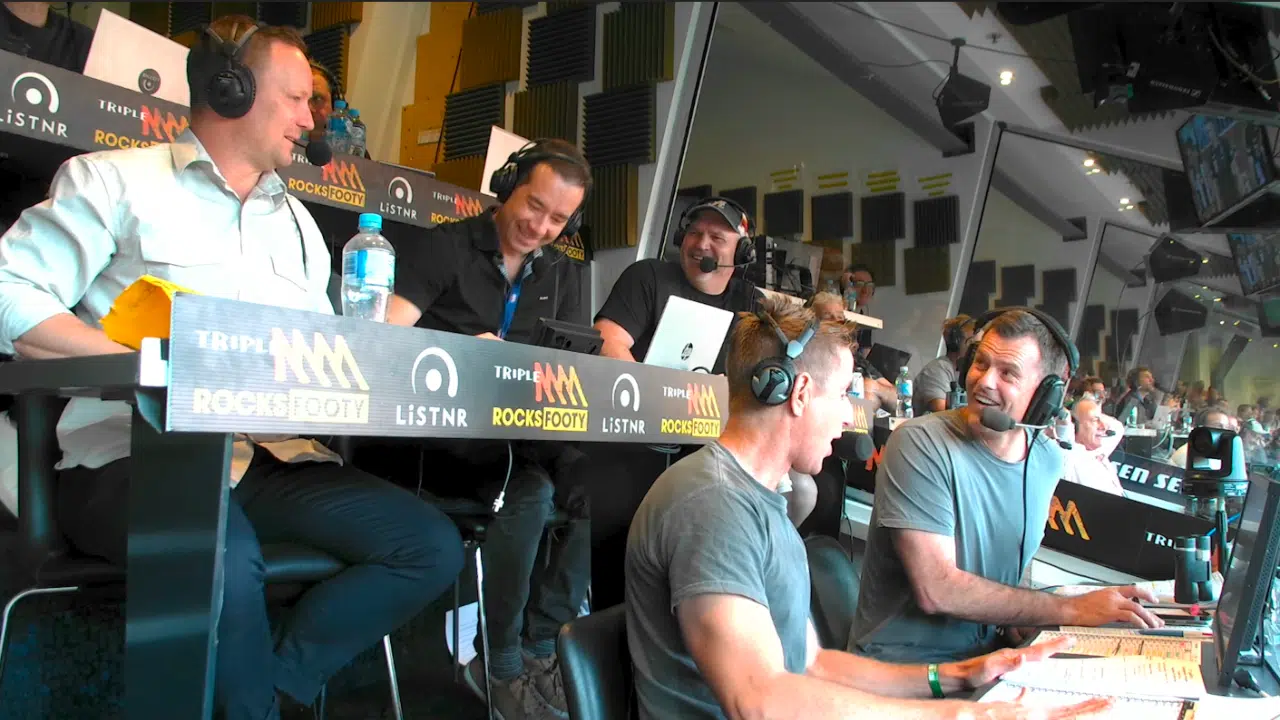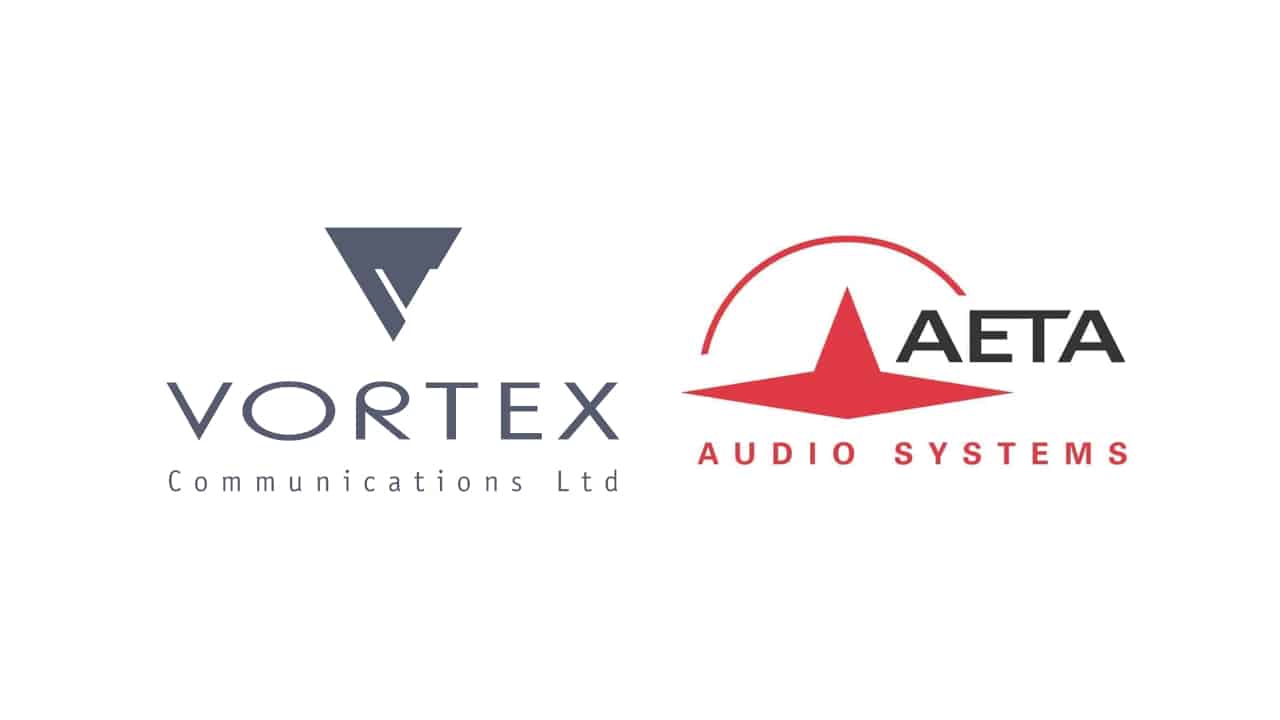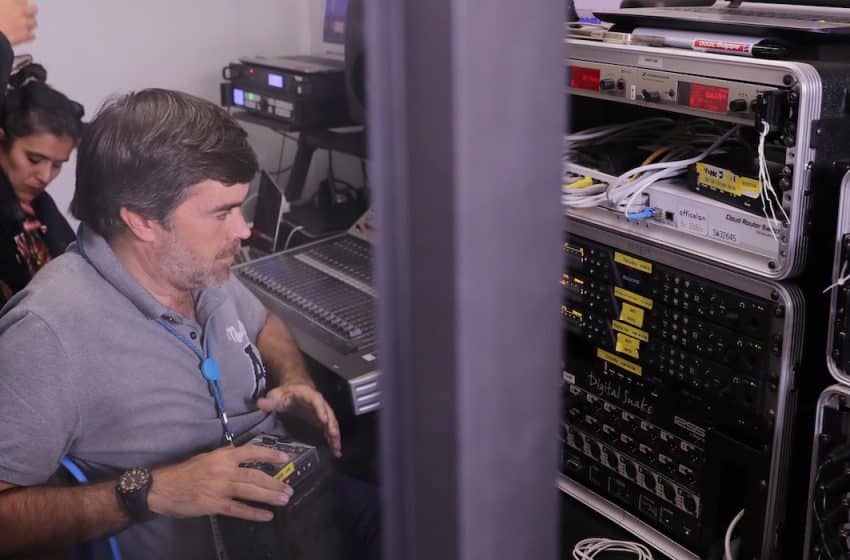
Private, commercial radio station Rádio Renascença is using codec technology from AETA Audio Systems to help connect to its listeners.
Based in Lisbon and owned by various organizations within the Portuguese Catholic Church, the station is part of Grupo Renascença Multimedia, which also operates RFM and Mega Hits.
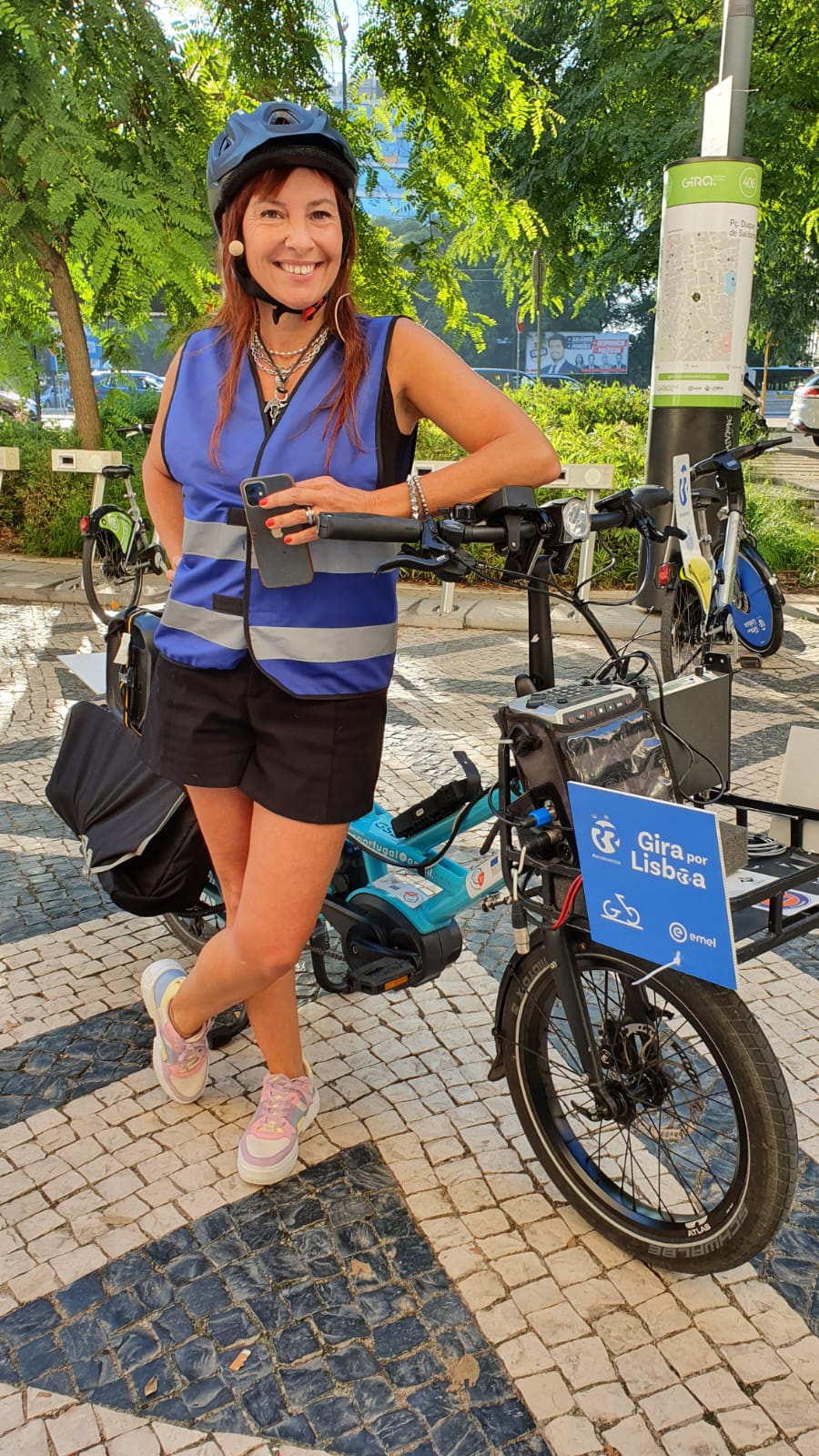
According to Jose Loureiro, Grupo Renascença Multimedia assistant manager, Radio Innovation & Technical Unit, the station, a long-time AETA customer, employs five µScoops and one Scoop5s IP at MCR. For field use it also has a Scoop5s, two Scoopy+S units, three ScoopFone4G codecs and one ScoopTeam. Loureiro explains that in some cases, AETA’s codecs interface with AEQ Phoenix Stratos codecs and receives connections from an AEQ Talent as well as LUCI Live.

It also implements AETA gear for live programs, including mobile productions, events. And uses AETA units for all the live remote events, such as from football matches, concerts, on-location radio shows as well as for contribution — news and entertainment reporters.
“We bought the first AETA SIP codecs in 2011 to meet the request for a special commercial event. We needed to be able to do some of RFM’s radio shows from a customized van and on the move,” said Loureiro. “At the time, the choice on the market was smaller than today and Scoopy+ was — in our opinion — the equipment that offered the features we needed, with a good quality/price ratio.”
The event was a success, adds Loureiro. “This positive experience, together with the comfort of an excellent relationship and support by Sitemaster, AETA’s local representative and AETA’s ongoing technological advances, made us decide to stick with the brand.” He says the launch of AETA’s double streaming technology was also a factor and, in some ways, a “game changer” for his operations, adding that the remote access option is very useful for end-users in the field.

“Before switching to AETA, producing live shows outdoor was often limited by the availability of ISDN and would require lots of planning and time for implementation: Anything remote meant bad audio quality,” said Loureiro.
But he says that with “very thorough equipment like Scoopy+ initially, and more recently ScoopTeam with double streaming technology,” they now feel that they can broadcast from anywhere, at any time.
“The confidence we have in AETA portable codecs motivated us to create some innovative programs like broadcasting from a bike or a hot air balloon or traveling to 15 cities (1,850 kilometers) in three days while broadcasting our morning show from a minivan,” he said.













